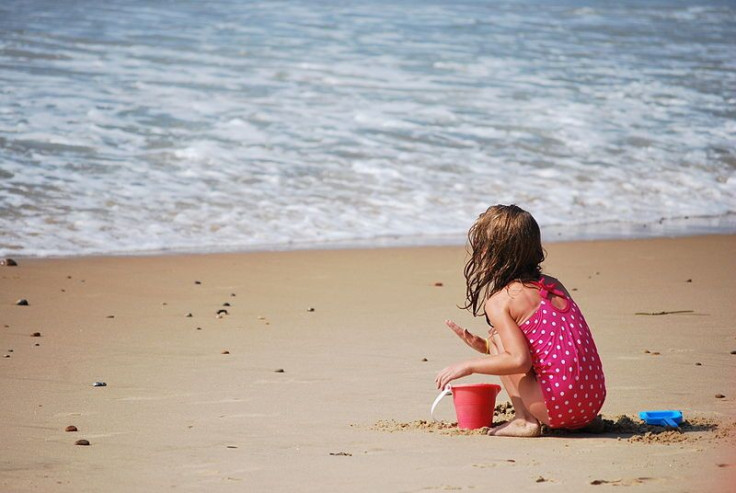Flesh-Eating Bacteria Vibrio Vulnificus In US Oceans, What’s The Real Risk Of Going To The Beach?

Sharks and riptides are the most common fears cited among beachgoers, but a potential killer that’s much smaller is raising alarm along the Gulf Coast. The predator is a microscopic, flesh-eating bacterium that attacks quickly and causes a severe, life-threatening illness. The bacteria, Vibrio vulnificus, kill one in three people who become infected and thrive in warm, saltwater environments. With summer beach weather on its way, some have wondered whether the threat of the bacterium means families are better off staying on dry land.
Vibrio vulnificus occurs naturally in warm coastal areas, but the likelihood of becoming infected is extremely low, health officials have said. In 2014, there were about 90 infections of Vibrio vulnificus in the U.S., including 35 deaths, according to the Centers for Disease Control and Prevention. By comparison, between 3,300 and 49,000 Americans die every year from flu complications.
“It’s so rare when you think about how many millions of people go into the Gulf every day,” said Paul Gulig, a professor of microbiology at the University of Florida in Gainesville. “Even if you want to eat raw oysters, you’re more likely to die in a car accident on the way to the restaurant than from Vibrio.”
Most people who contract Vibrio vulnificus do so from eating raw or undercooked seafood, particularly shellfish, not from swimming in the ocean. The most common symptoms of the disease include diarrhea, vomiting and abdominal pain. In more severe cases, fever, shock and skin lesions can occur, according to federal food safety officials. Summer is peak season for Vibrio vulnificus, with 85 percent of cases occurring between May and October. Most infections occur along the Florida, Texas and Maryland coasts.
Health experts note that the term "flesh-eating" is somewhat of a misnomer. The only bacteria that are technically flesh-eating are those classified as group A streptococcus, according to CNN. There are about a dozen bacteria classified as Vibrio that infect humans, but none of them actually eat away at the flesh. The reason Vibrio vulnificus gets a reputation for being flesh-eating is because the bacteria infect the bloodstream and can cause skin lesions that appear similar to those caused by strep A.
The people who are most at risk of becoming infected with Vibrio vulnificus are those whose immune systems have been weakened or those who suffer from chronic liver disease. Swimming in saltwater with an open wound places the swimmer at risk of infection with Vibrio, but that shouldn’t keep beachgoers from enjoying themselves. Health experts recommend cleaning any open wounds after taking a dip in the ocean.
“I wouldn’t tell people to not go in the Gulf,” said Gulig. “If somebody had an open wound, it’s subject to getting infected with just about anything.”
© Copyright IBTimes 2025. All rights reserved.






















